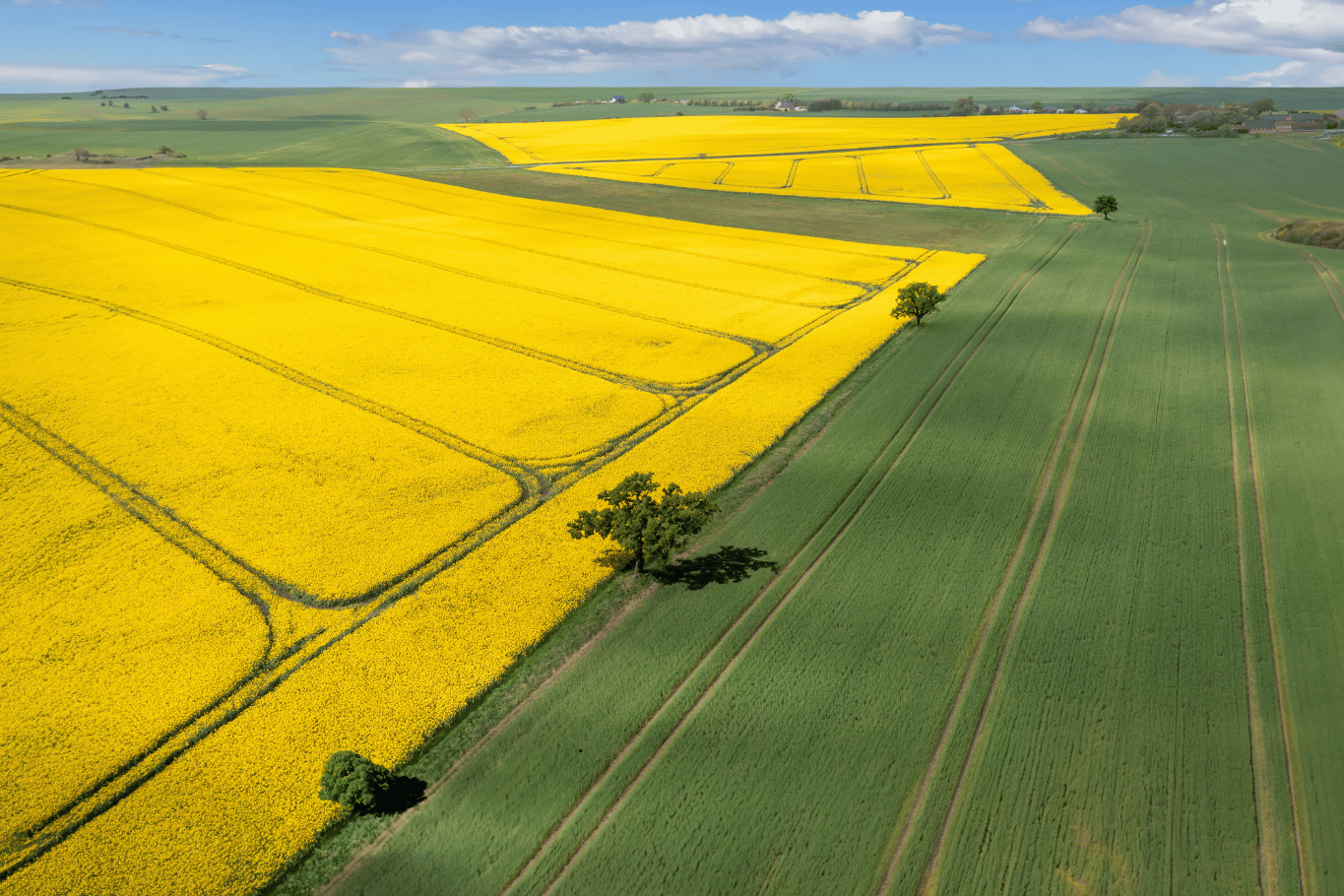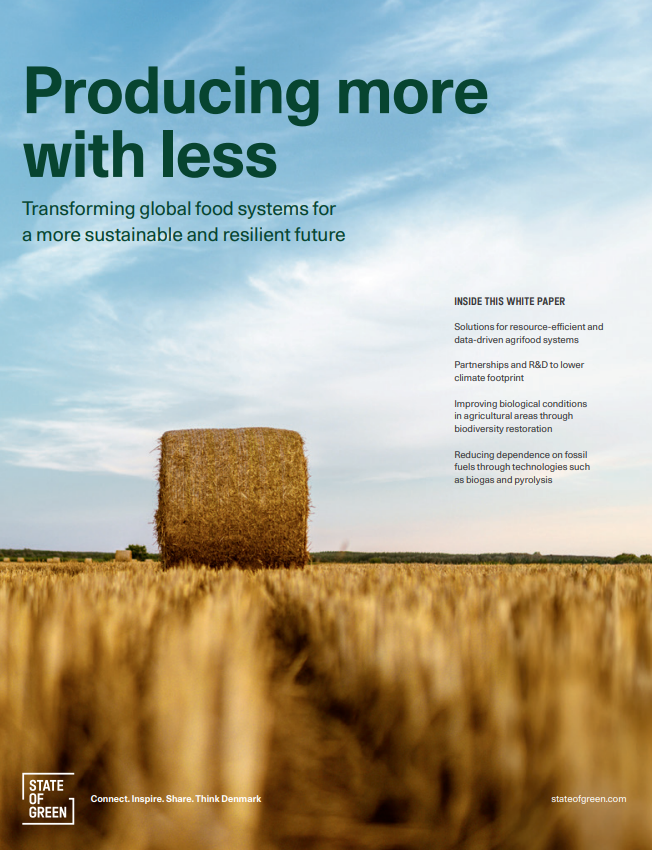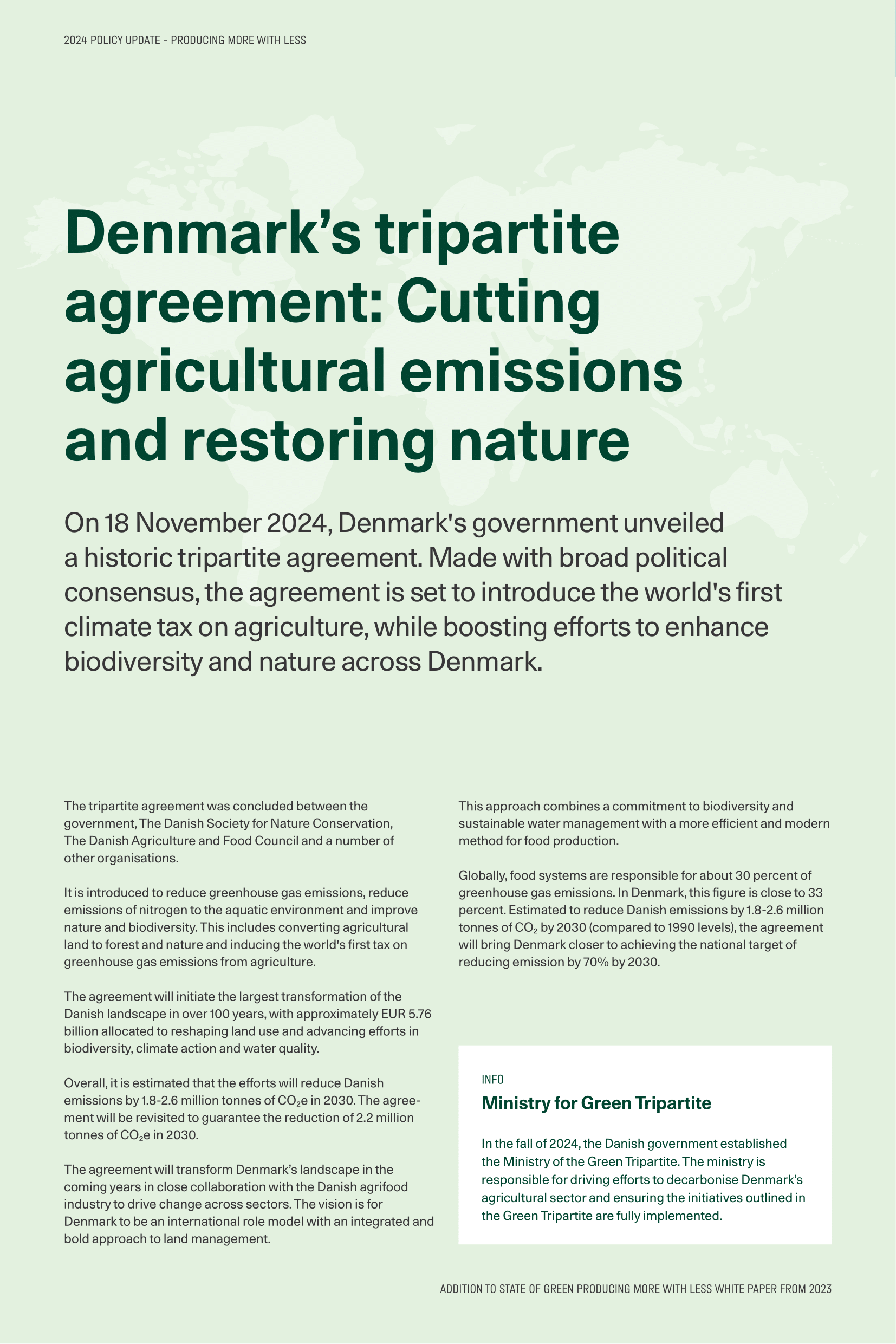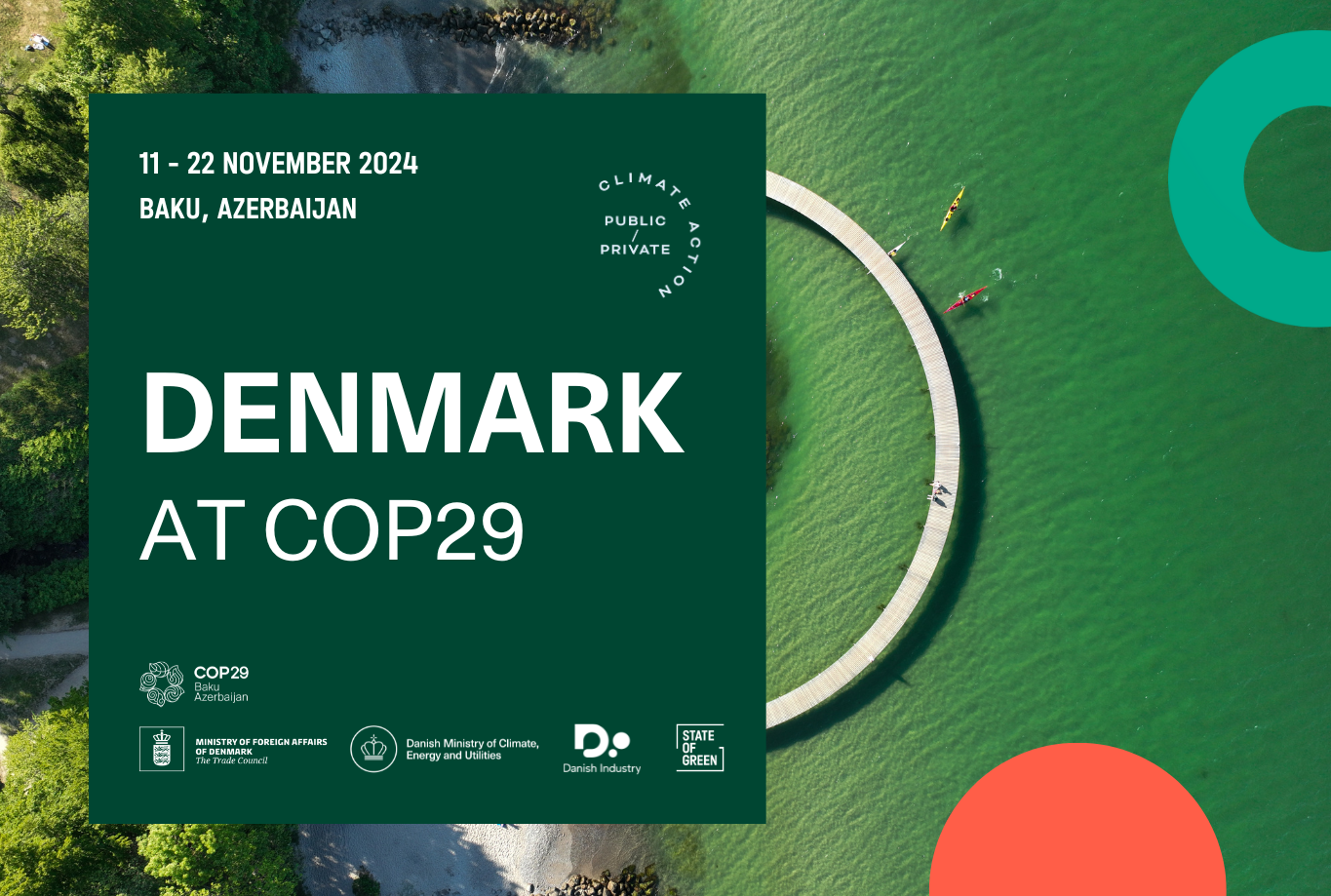Producing more with less
Discover pathways toward a resilient, resource-efficient and decarbonised agrifood system in this white paper launched during COP28 in Dubai.
Discover the publicationNews
Environment and agriculture
Biodiversity
Biodiversity in agriculture
+7



Discover pathways toward a resilient, resource-efficient and decarbonised agrifood system in this white paper launched during COP28 in Dubai.
Discover the publicationOn November 18, 2024, a broad political agreement involving multiple parties in the Danish Parliament settled on an agreement to channel DKK 43 billion into transforming Denmark’s land use, advancing efforts in biodiversity, climate action, and water quality.
The political agreement comes after months of negotiations between the government and parliamentary parties in the Danish Parliament, following the historic tripartite agreement to cut agricultural carbon emissions and restore nature, which was set in June 2024 by several organisations including Denmark’s Nature Conservation Association and Danish Agriculture & Food Council.
“I would not hesitate to call this a historic achievement. With this agreement, we are now allocating EUR 5.76 billion to carry out a significant transformation of Denmark’s land use. Danish nature will be changed in a way not seen since the drainage of wetlands in 1864. Denmark will become the first country in the world to introduce a CO2e tax on agriculture. And with the new agreement, we are launching an ambitious nitrogen reduction effort to ensure the return of fish to our coasts and fjords.” Jeppe Bruus, Denmark’s Minister for Green Transition
The initiative represents a thoughtful approach to balancing nature restoration and agricultural efficiency, ensuring that Denmark continues to produce high-quality food while addressing pressing environmental challenges.

On 18 November 2024, Denmark’s government unveiled a historic tripartite agreement. Made with broad political consensus, the agreement is set to introduce the world’s first climate tax on agriculture, while boosting efforts to enhance biodiversity and nature across Denmark.
Discover the green tripartite agreementA cornerstone of the agreement is the reduction of nitrogen pollution, which has significantly impacted Danish waters. By integrating sustainable land use practices, the plan aims to restore life in fjords and coastal ecosystems, meeting nitrogen reduction targets aligned with neighbouring countries.
Denmark will also become the first country to implement a CO2e tax on livestock emissions, an initiative projected to reduce greenhouse gas emissions by up to 2.6 million tonnes by 2030. These efforts align with Denmark’s broader climate targets, advancing the green transition within agriculture.
“Now we are creating the necessary green transformation in agriculture, and for the first time, the path to our 2030 climate goals is fully laid out. We stand united behind a solid agreement on a CO2 tax for agriculture. There is still much work ahead, and we have not yet crossed the finish line. Agriculture must and will transition, and now there is clarity on direction and investments. This is green action that works. The agreement is a milestone, deeply rooted both in Parliament and among stakeholders and organizations. This is Denmark at its best.” Lars Aagaard, Denmark’s Minister for Climate, Energy and Utilities
The plan prioritises maintaining a competitive agricultural sector, investing EUR 1.34 billion in pyrolysis technology and the development of climate-friendly practices. Efforts will focus on enabling high-tech, resource-efficient farming while safeguarding jobs and exports.
A cross-sectoral growth plan will support the agricultural and food sectors, ensuring they remain key contributors to Denmark’s economy and sustainability goals.
The Green Tripartite Plan will seek to establish 250,000 hectares of new forest—an area equivalent to the combined size of Lolland, Falster, and Bornholm—and convert 140,000 hectares of low-lying farmland into natural areas. The agreement sets out to improve biodiversity and create habitats like heathlands, meadows, and wetlands.
To drive the transition, the plan introduces local Green Tripartite Councils and coastal water councils across Denmark, ensuring a collaborative approach to planning and implementing land use changes. These councils will involve local stakeholders, including municipalities, agricultural organisations, and environmental groups.
The plan also includes the establishment of six new national nature parks, increasing the total to 21 by 2030. A notable addition is an urban national nature park at Kalvebod Fælled, enhancing access to green spaces near Copenhagen.
In marine areas, EUR 10.72 million will be allocated to restoring habitats in Øresund and Lillebælt, creating two new marine nature parks. These initiatives aim to support biodiversity and revive marine ecosystems through measures such as creating stone reefs.
“We have now finalised the agreement that transforms Denmark’s land and marine maps and reduces nitrogen emissions, allowing oxygen and life to return to our fjords. Ten percent of Denmark’s land area will be converted to nature and forests. On land, we will recreate large natural areas across the country with even more national nature parks. Specifically, we are establishing six additional national nature parks, bringing the total to 21. Furthermore, we are allocating funds to further develop the wild nature at Kalvebod Fælled, and we are expanding the previously agreed national nature parks. We are dedicating over DKK 350 million to this effort. At sea, we are allocating DKK 80 million to the two upcoming marine national nature parks in Øresund and Lillebælt.” Magnus Heunicke, Denmark’s Minister for Environment
The agreement is announced just a day before “Food, Agriculture, and Water” takes center stage as the official theme on Tuesday, 19 November, at COP29 in Baku. On the same day, various events and activities will highlight food and agriculture at the Denmark Pavilion.
Also read: Countdown to COP29: Optimising food and agricultural practices
For example, from 11:15-12.00 local Baku time, Food Nation, AIM for Climate, The Danish Agriculture and Food Council and UN Foundation will together with international speakers discover pathways to decarbonising food systems and advancing global resilience. Later on the afternoon, Food Nation and The Danish Agriculture and Food Council will discuss how to bridge the divide and find collaborative pathways for sustainable agriculture and climate action.

Discover the full programme for the Denmark Pavilion at COP29 and connect with partners pushing Denmark’s efforts to decarbonise its agricultural sector.
Discover the full programmesolutions
Combined heat and power production
+6